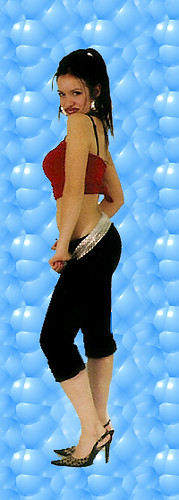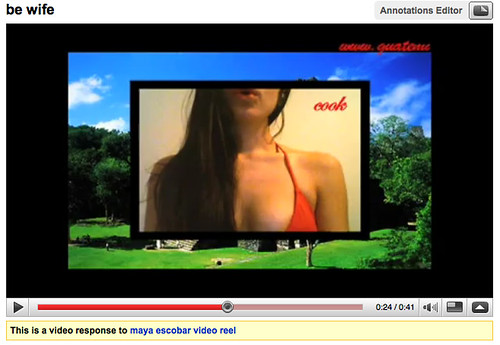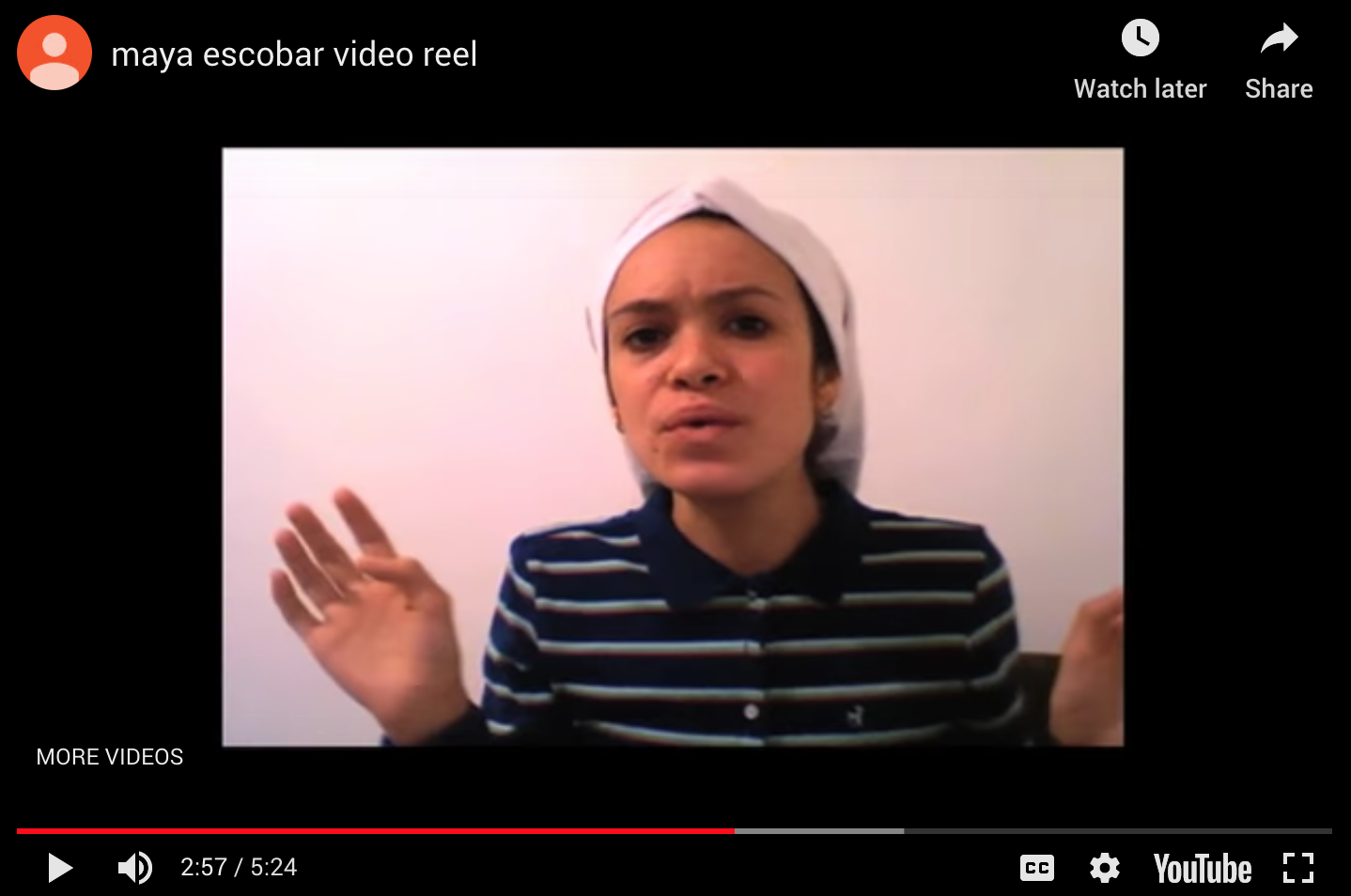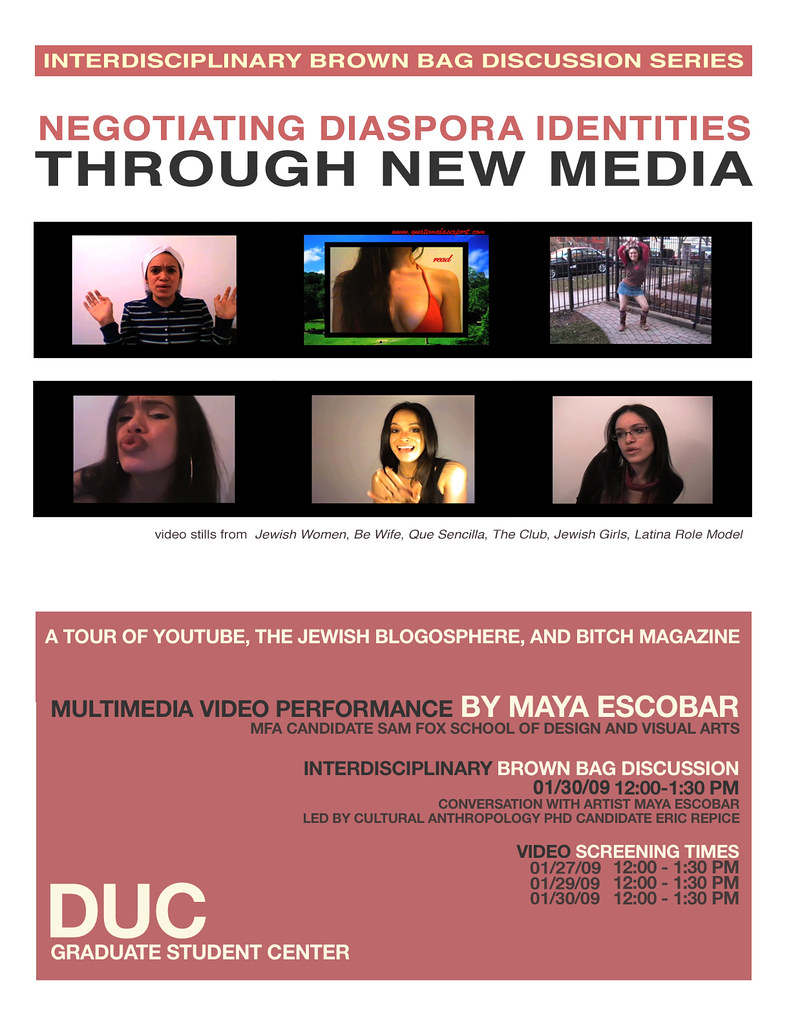Maya Escobar is a conceptual identity artist.
______________________________
SELECTED STATEMENTS
______________________________
Bio for About Page 2010:Maya Escobar is a performance artist, Internet curator, and editor. She uses the web as a platform for engaging in critical community dialogues that concern processes by which identities are socially and culturally constructed. She performs multiple identities, sampling widely from online representations of existing cultural discourses. Her identifications as a Latina-Jewish artist, dyslexic blogger, activist and educator are indexed by the blogs she keeps, the visual and textual links she posts, the books, articles, and blog posts she cites, the public comments she leaves, and the groups she joins.Escobar received her MFA from the Sam Fox School of Design & Visual Arts, Washington University in St. Louis, and her BFA from the School of the Art Institute of Chicago. She has exhibited work in Spain, Guatemala, United States, Germany, Venezuela, and Chile.Twitter Bio for @Maya_Ate_This 2010:I am a 2nd generation Latina artist, nutrition buff, and fitness enthusiast. Here, I'll be tweeting what I am eating as well as sharing beauty and fitness tips.Artista Disléxica Del Internet pt 1 of audition video for Reality TV Show on Discovery En Español 2010:[youtube=http://www.youtube.com/watch?v=6T_8KzV8kLw]Short Bio for Acciones Plásticasプリクラ 2009:Maya Escobar is a Guatemalan-Jewish digital media and performance artist, currently living in St. Louis. Her work addresses issues of cultural hybridity, gender, placelessness, and the construction of identity.Bio for Conney Conference on Jewish Identity 2009:Maya Escobar is a Guatemalan Jewish digital media and performance artist. She received a BFA with an emphasis in Art Education from the School of the Art Institute of Chicago and is currently completing her MFA at Washington University in St. Louis. She can usually be found on the web blogging, tweeting, or youtubing. Escobar also serves as the online art editor for Zeek: A Journal of Jewish Thought and Culture. She has taught, performed and exhibited work in Germany, Spain, Guatemala, Puerto Rico and the United States.About Me for Maya E. on Jewish Wedding Network (2009):I have always lived between multiple worlds, I come from a Guatemalan Jewish American family of activists and educators. The planning of my wedding is like most things other things we do, a familiar and communal affair. In addition to the Bosa Nova band that will perform, my fiancee's band rock band Cavalry will be covering various Jewish tunes such as hava negilah and more.Breaking Down the Elephant Blog Post 2009:Some people think that I am the true representation of the elephant.It is true I am an elephant, but not the only elephant.I try to break up the conception of being the only elephant.Some people see a small portion of my work and think it is the whole- the representative elephant.Others understand that each piece connects to another piece and that individually they are only fragments.When breaking the elephant up into pieces, information slips in through the cracks.People also respond to this new information- creating a bigger more amorphous elephant.The amorphous elephant is broken up again and again, so that it is relevant to new individuals new experiences…Manifesto for MFA Thesis Exhibition Catalog 2009:As an artist and an individual, I am in constant conversation with the values transposed through multiculturalism. I seek to challenge notions of sameness, unity, and political correctness with pieces that affirm a sense of community for some, while paradoxically alienating others.Major influxes in international travel, technological advances, immigration, adoption, and intermarriage are causing the borders and boundaries between countries to merge together at an increasingly rapid pace. The imagined spaces of individual cultures are no longer autonomous.Therefore it is with a conscious move that I, and many colleagues and contemporaries, unapologetically go forward, breaking through traditional conceptions of art and artistic practice. No longer tied down to medium-specific practices, we produce work derivative of a multitude of discourses. The works that we produce, however, are distinct from those in the fields that our work represents. We are concerned with the past, but we will not allow the past to solely delineate the future. We hope to form a new definition of artistic practice that will include our constantly shifting environment.Short Web Bio for Stumble Upon 2008:MFA Candidate at Washington University in St. Louis. Current art/research centers around mental constructions of space and the social and political implications that result from these imagined boundaries. On this blog I share my random thoughts on hybridity, transnational and transcultural identities, liberal multiculturalism, critical pedagogy, feminist theory, latinidad, jewish life in america, youth culture...Bio for Acciones Plásticas at the Bruno David Gallery 2007:Maya Escobar is a Guatemalan Jewish interdisciplinary artist and educator. She is a recent graduate of the School of the Art Institute of Chicago, where she received a BFA with an emphasis in Art Education. She has taught, performed and exhibited work in Spain, Guatemala, Puerto Rico and the United States. Currently, Escobar is pursuing a MFA in Visual Arts at Washington University in St. Louis.Bio for Camp JRF 2007:Maya Escobar is a Guatemalan Jewish interdisciplinary artist and educator. She is currently completing her degree in Art Education at the School of the Art Institute of Chicago. Sharing her non-traditional approach to exploring Jewish identity, Maya will expose campers to a wide variety of contemporary artists, artistic mediums and processes. Campers will have the opportunity to work both independently and as a collective, to produce work that inspires and participates in ongoing personal and communal dialogue.Artist Statement 2006:Through the performance of actual and fictitious moments of my life, I explore my personal identity as the daughter of a Guatemalan father and Jewish mother. I compare the complexities of projected societal, cultural, and gender-determined roles to the lived experiences of Latina and Jewish women in our contemporary American culture. My work translates ongoing anthropological and sociological investigation into accessible narrative forms, incorporating technical skills in multiple mediums. As a commentary to the objectification and exoticization of otherness that I have personally experienced, I reclaim ownership of myself; I transform my body as well my “self” into an object used within the performed ritual, which is then documented through analog and digital photo, video and collage.


 zapp645if you follow the link-trail, it becomes clear that this video is likely making fun of the attitudes it depicts. so as right as what you say in this post is, it's not really aimed at this video...
zapp645if you follow the link-trail, it becomes clear that this video is likely making fun of the attitudes it depicts. so as right as what you say in this post is, it's not really aimed at this video...



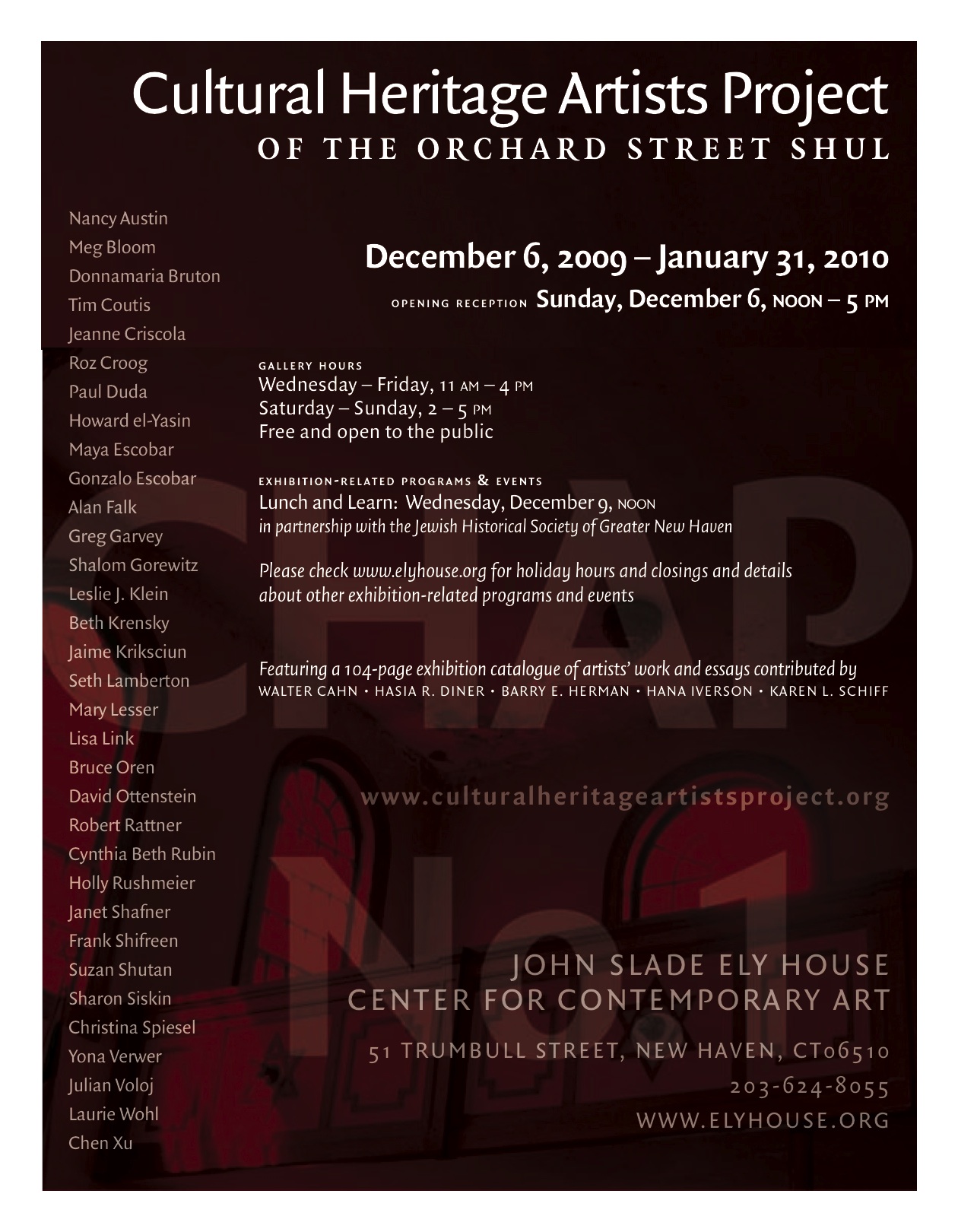

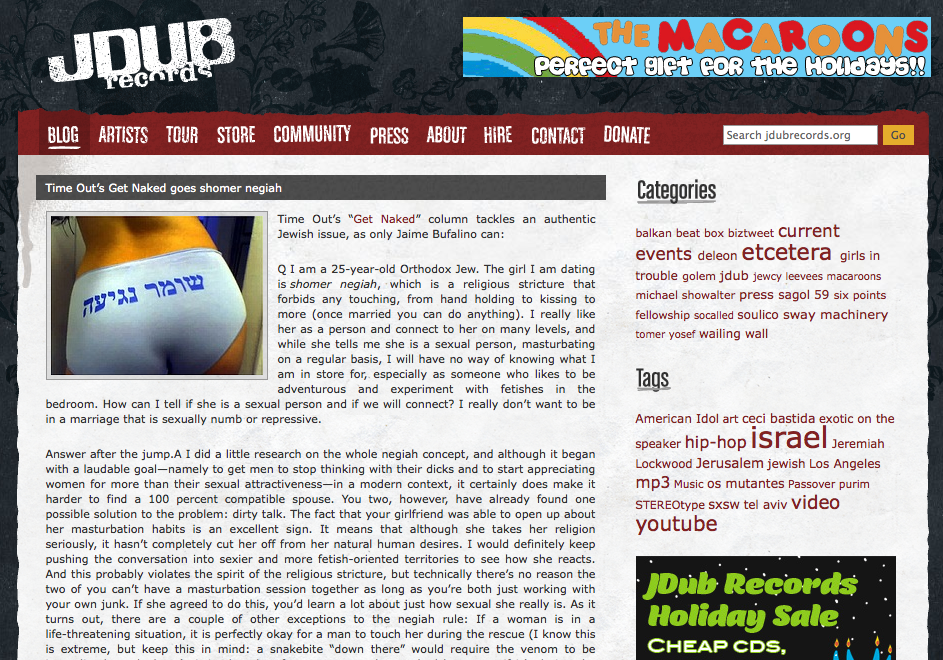
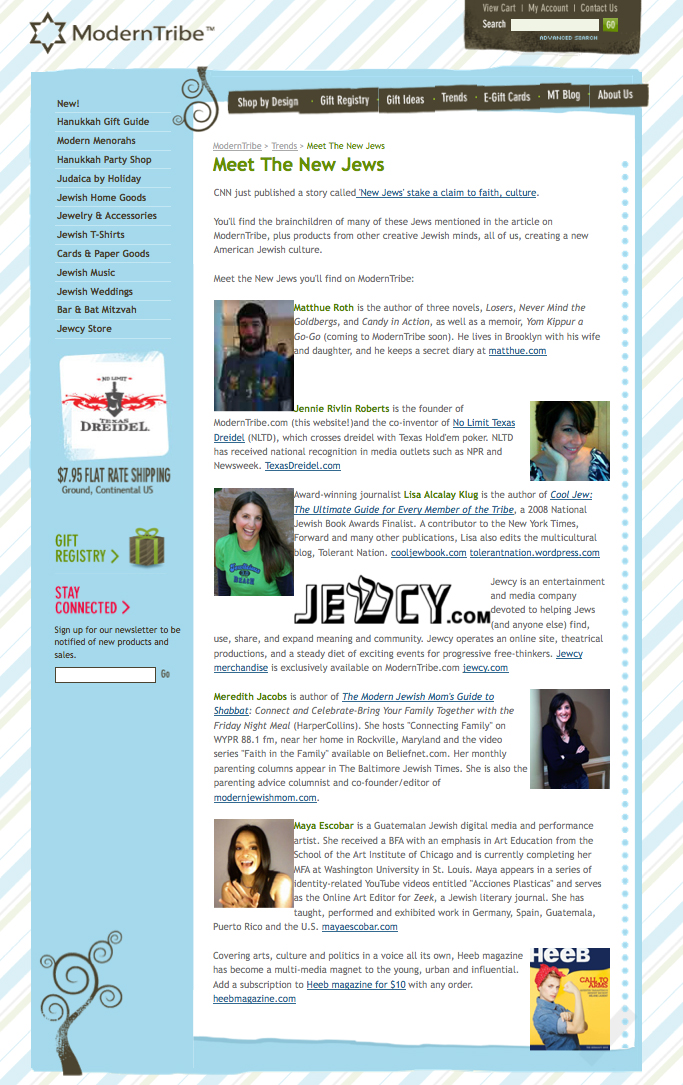


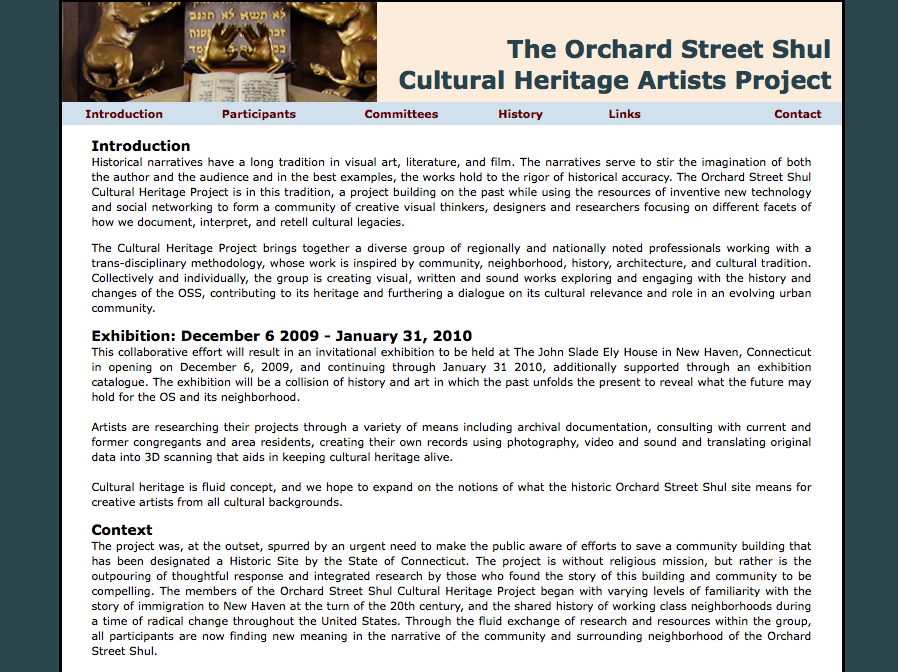
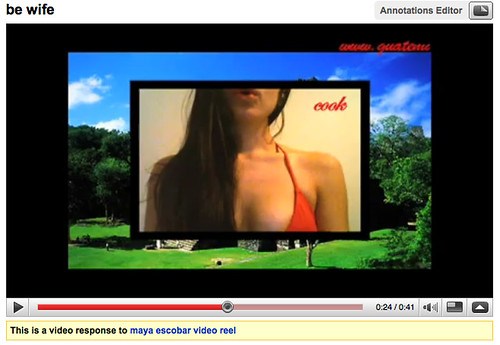
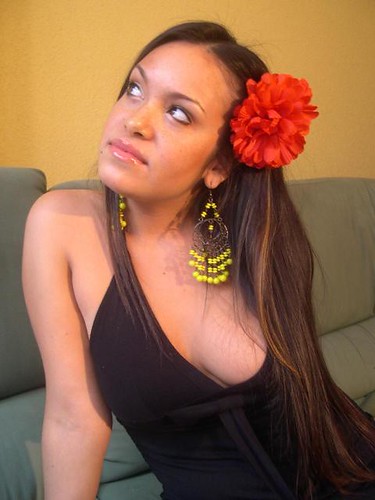 I thought about this phenomenon in relationship to, the images that my friends and I had posted on Myspace throughout that year. I unknowingly went from being slightly annoyed and simultaneously amused by the phrase "take a picture of me for my Myspace", to it becoming completely natural and almost organic to document every moment, every outing, every time my friends and I put on make up, and to take pictures for Myspace. I saw this behavior even further exaggerated in the high school students I was student teaching. Their conversations were dominated with events that had transpired on Myspace, and when they were not talking about Myspace they were taking pictures for Myspace.When we talked about the factors that contributed to the construction of their individual and collective identities, my students were quick to bring up their style of dress, group of friends, the neighborhood they lived in, and the way they spoke. Yet not a single student referenced their online activity, the pictures they posted, the groups they joined, the comments they left on each others pages. I wondered why it was, that they were so aware of and adept at reflecting upon their experiences in the material offline world, but failed to mention the social network that played such a major role in their day-to-day lives.
I thought about this phenomenon in relationship to, the images that my friends and I had posted on Myspace throughout that year. I unknowingly went from being slightly annoyed and simultaneously amused by the phrase "take a picture of me for my Myspace", to it becoming completely natural and almost organic to document every moment, every outing, every time my friends and I put on make up, and to take pictures for Myspace. I saw this behavior even further exaggerated in the high school students I was student teaching. Their conversations were dominated with events that had transpired on Myspace, and when they were not talking about Myspace they were taking pictures for Myspace.When we talked about the factors that contributed to the construction of their individual and collective identities, my students were quick to bring up their style of dress, group of friends, the neighborhood they lived in, and the way they spoke. Yet not a single student referenced their online activity, the pictures they posted, the groups they joined, the comments they left on each others pages. I wondered why it was, that they were so aware of and adept at reflecting upon their experiences in the material offline world, but failed to mention the social network that played such a major role in their day-to-day lives.